Will the Real Robin Hood Please Stand Up?
Robert Taylor isn't the natural swashbuckler that Errol Flynn is. His Ivanhoe lacks much of the roguish charm of a Robin of Locksley or a Captain Blood. But then Sir Wilfred is more authoritarian than those outlaw swashbucklers, and Taylor manages to convey his authority as King Richard's envoy well. Still Taylor shows real swashbuckling spirit in the swordfighting sequences at Torquilstone. Appropriately enough, in the Torquilstone scenes, Taylor dresses in a green and brown costume very similar to Flynn's Robin Hood outfit. (The 1960 Robin Hood Annual by Fleetway Publications published a picture of Taylor in this costume with no additional comment, leading the unwary to think it is a picture of Robin himself.)
The casting of Rowena also creates confusion between Robin Hood and Ivanhoe. Joan Fontaine is the sister of Olivia de Havilland who played Maid Marian in the 1938 Adventures of Robin Hood, and there is a clear family resemblence.
But what of Locksley aka Robin Hood? In the opening Blondel-inspired scenes, Ivanhoe is wearing the classic feathered cap, but this movie's Locksley eschews such outlaw chic. The Locksley of the novel is described as wearing the classic yeoman's Lincoln green clothes, but Harold Warrender is clad in orange, white, and brown. Warrender was 48 years old when the movie was released, decades older than either Flynn or Richard Todd's Robins. Ivanhoe looks far more like the classic Robin Hood than the actual Robin Hood of this movie. (Although a man carrying a bow and winding a hunting horn will always evoke Robin Hood, as Warrender does in the picture here.) Aside from two scenes, there are few hints of Locksley's outlaw status. Whereas many Ivanhoe film and TV productions make Locksley and the Clerk's identities as Robin Hood and Friar Tuck more obvious, this film obscures their identities even further. Perhaps this is because a rival studio, Disney, released The Story of Robin Hood and His Merrie Men, starring Richard Todd, in the same year.
The film borrows elements like the ransom plot from Robin Hood movies, but other such moments of Robin Hood cinema have been excised from the plot. While audiences would have to look to the competing Disney film for the memorable archery competition of the novel and the sequence where foes impersonate the good outlaws, Locksley still has moments that remind the audience of Robin Hood. As is common in Robin Hood films and TV shows, a message is delivered to Locksley by an arrow, shot by a network of yeomen until it finds Locksley, the Clerk and their band around a campfire. And Locksley's outlaw status is glimpsed when he helps raise King Richard's ransom.
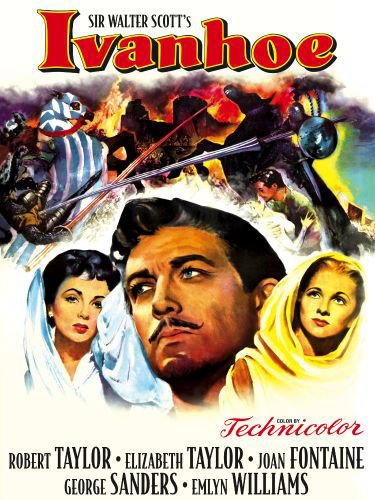
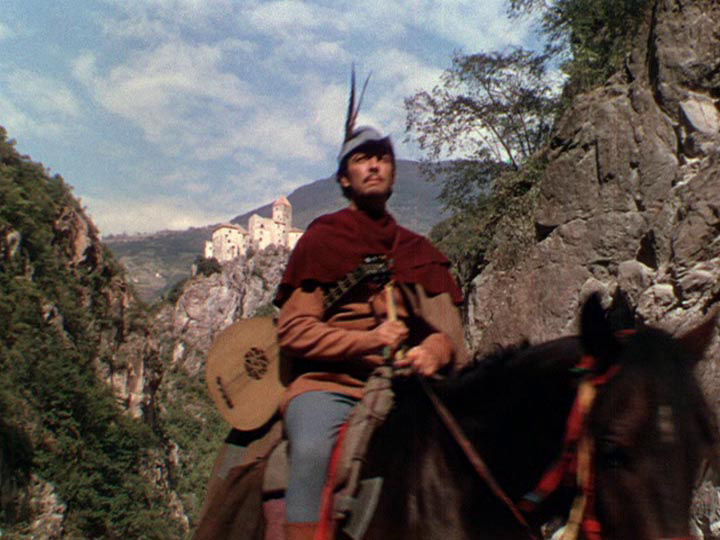
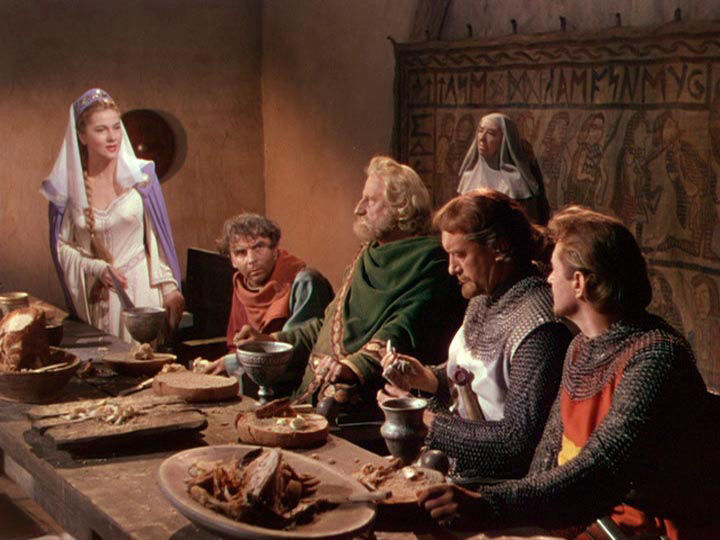
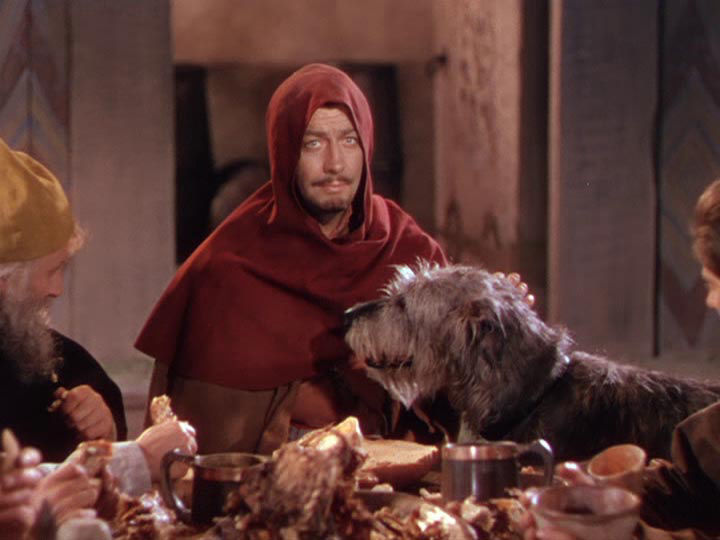
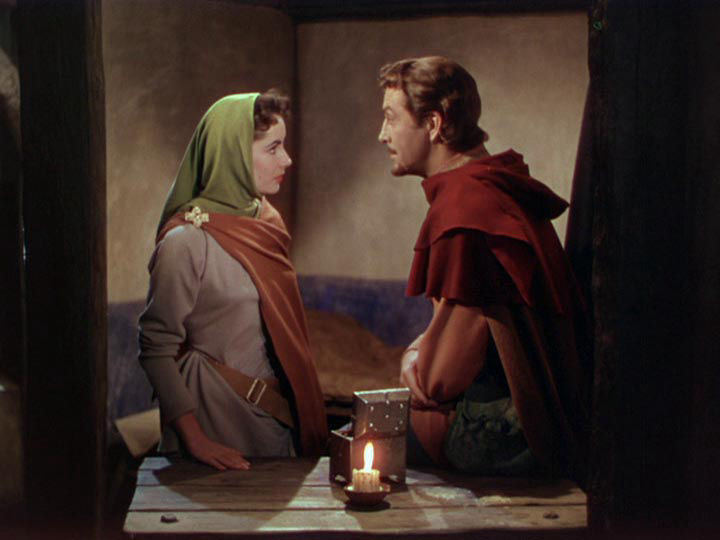
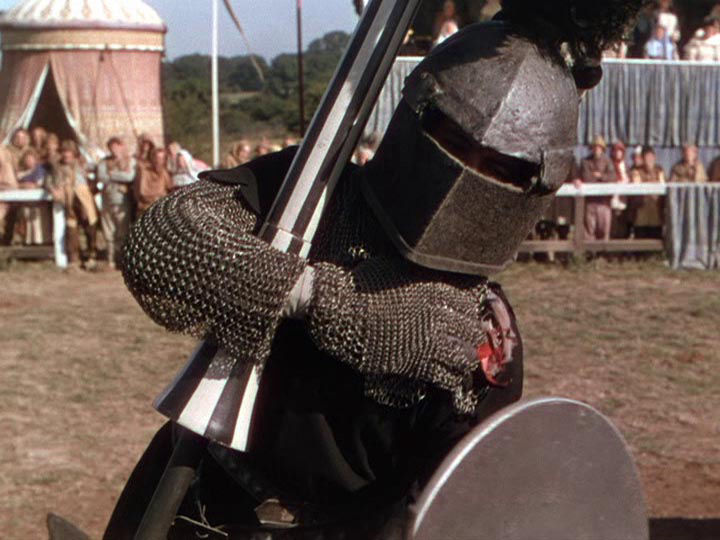
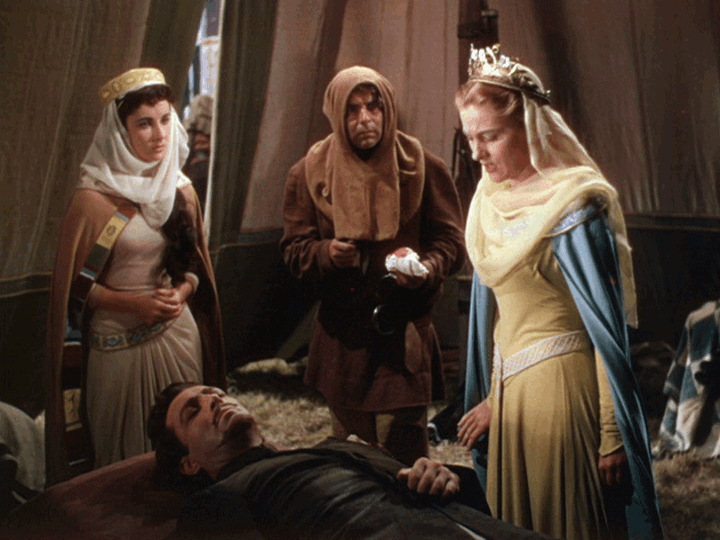
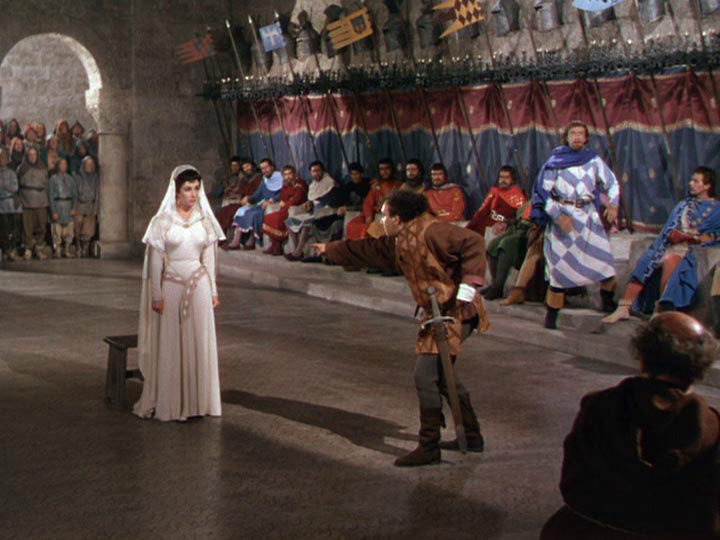
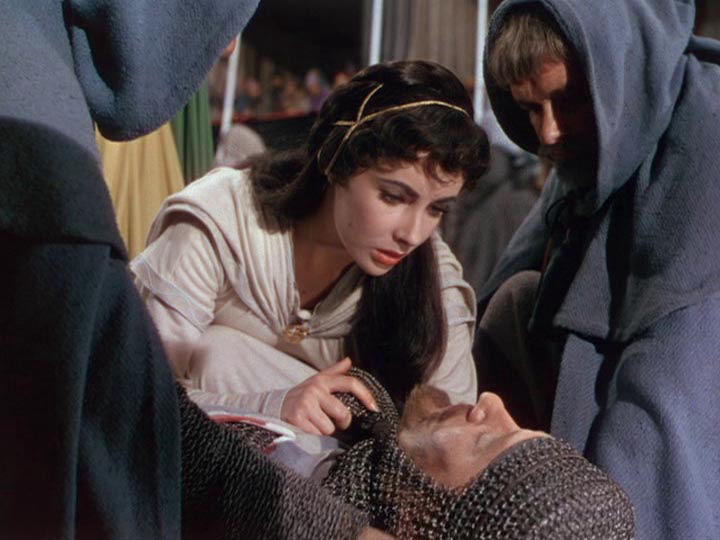
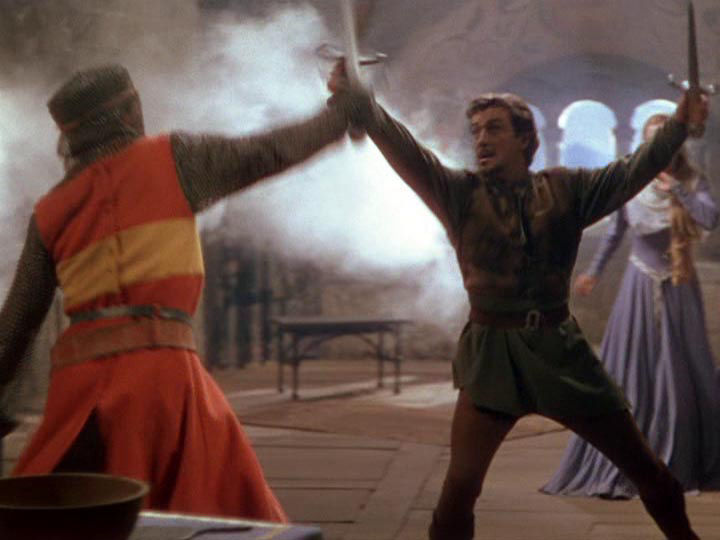
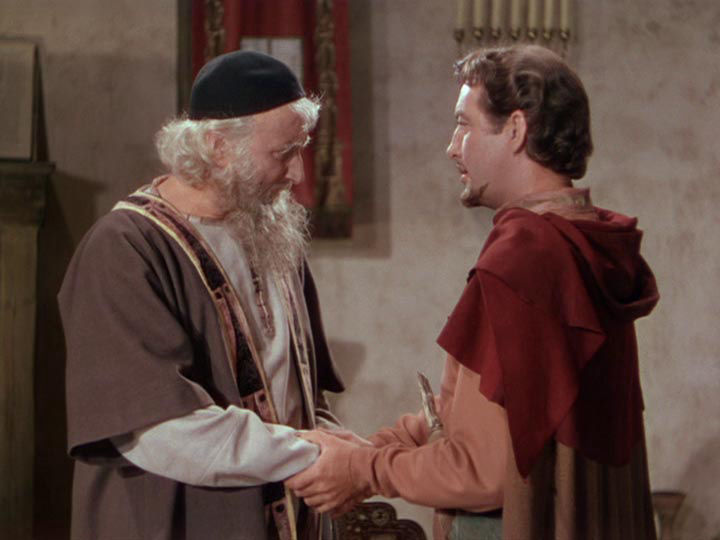
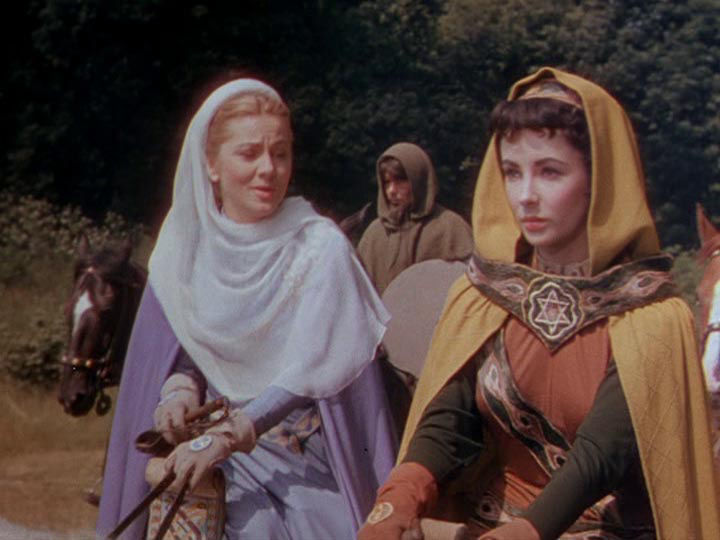
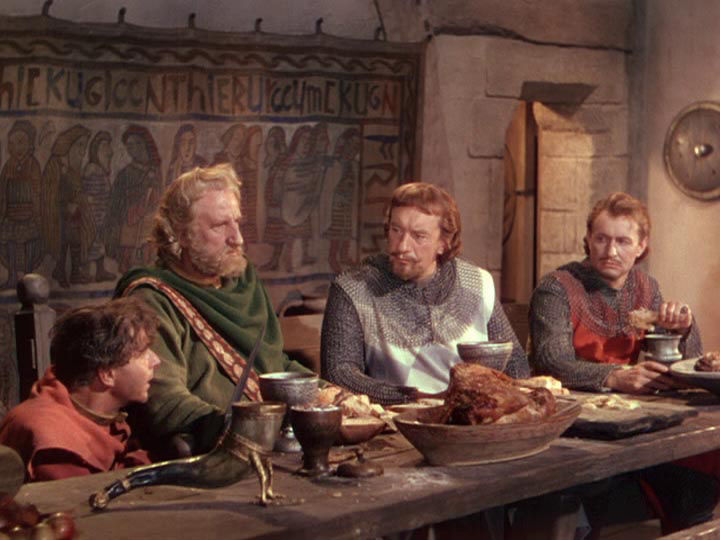
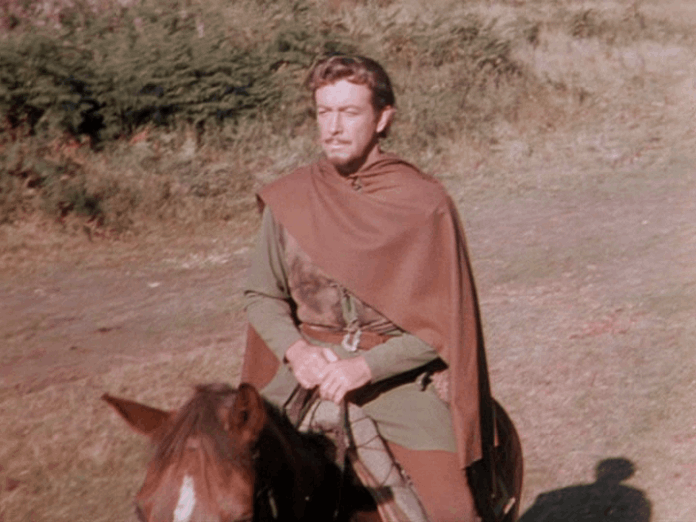
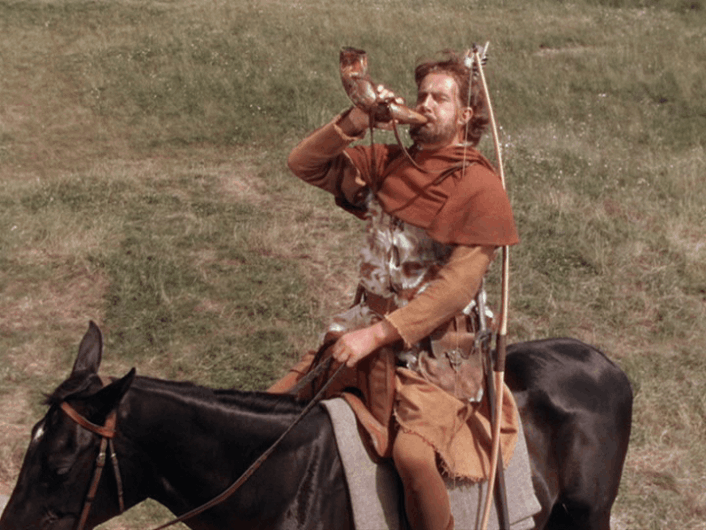
Contact Us